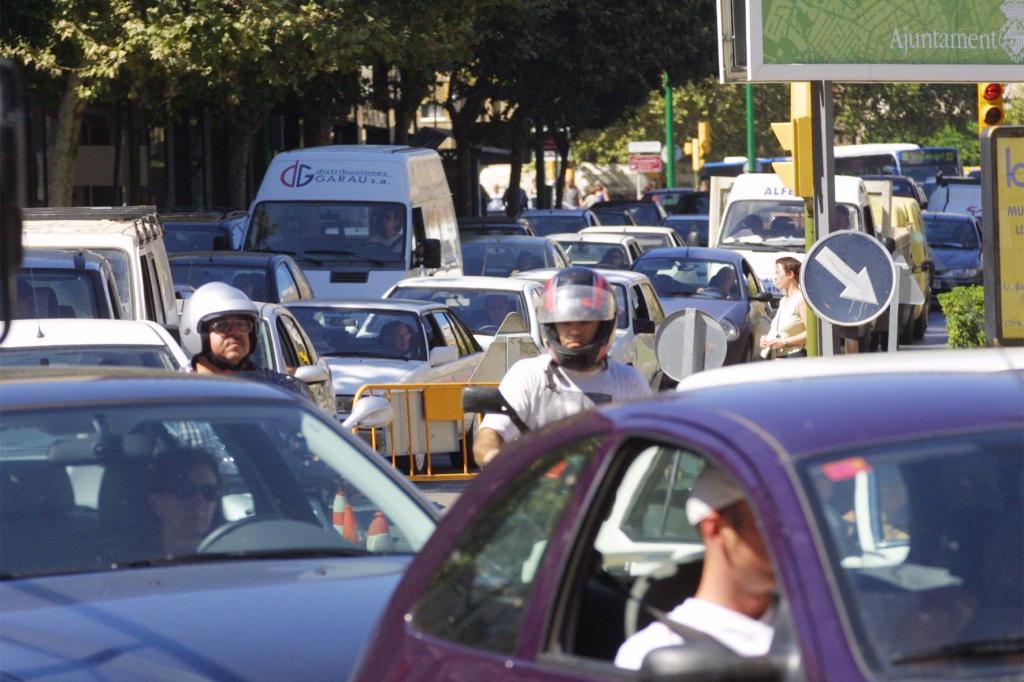Palma's air pollution was down a third in 2020
Pollution levels had been coming down in any event
Nitrogen dioxide in Palma's air was reduced by a third in 2020. The regional government's director-general for energy and climate change, Aitor Urresti, explains that data for the air-quality control station on Calle Foners have been compared and that the annual average of micrograms per cubic metre was 24. It was 32 in 2019.
Also in News
- Mallorca beaches at Soller and Andratx covered by thousands of 'little sails'
- The stickers on signs in Mallorca's mountains
- The first signs of summer in Mallorca
- New train service will have 10 kilometre underground section, linked with Palma airport
- Mallorca hoteliers president: Tourism is being used as "a punchbag"


No comments
To be able to write a comment, you have to be registered and logged in
Currently there are no comments.